I tried Lenovo's new Steam Deck and ROG Ally killer, and it just might be the best yet
The new Lenovo Legion Go aims to be the king of handheld gaming PCs.
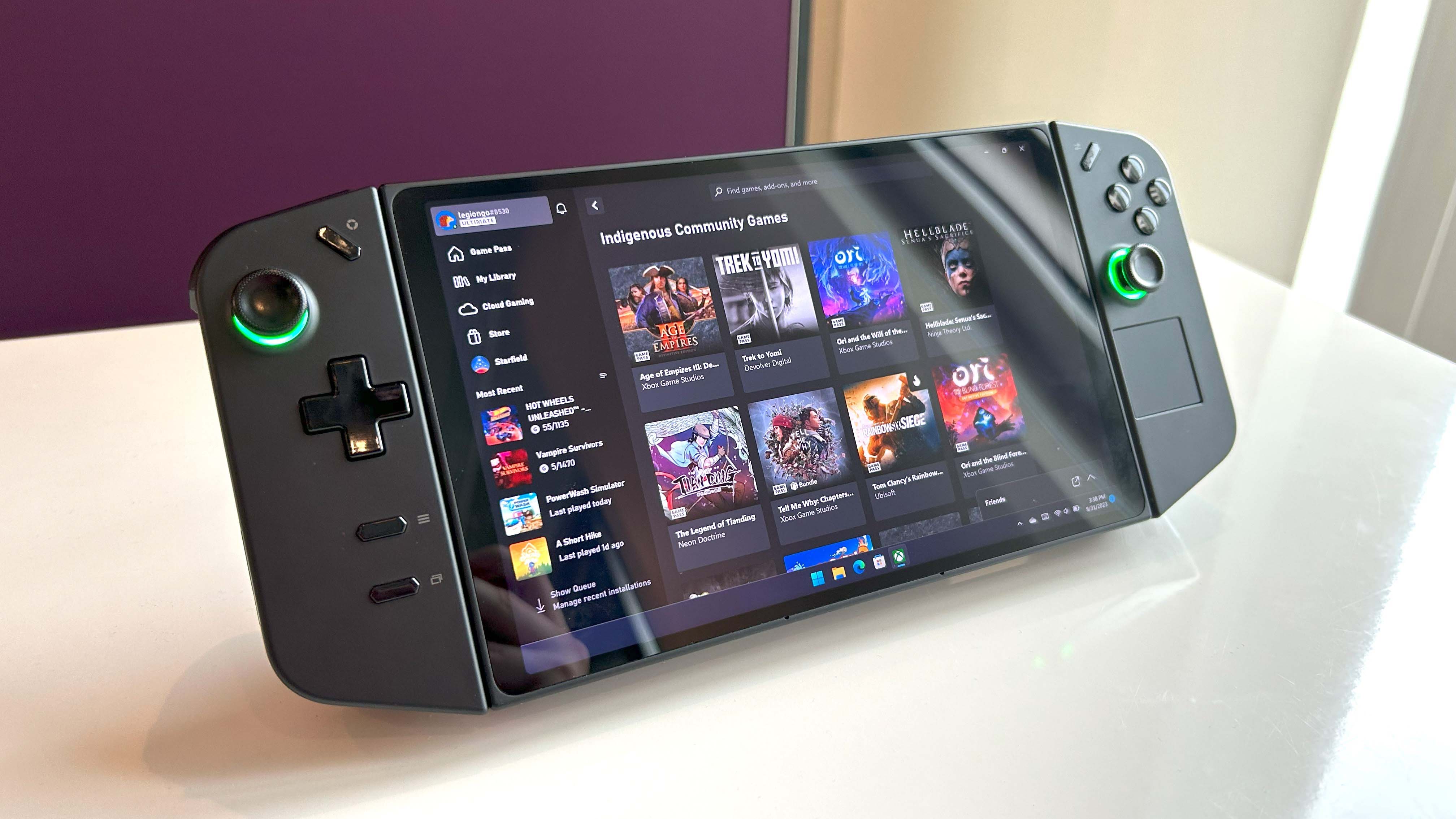
Today, Lenovo took the wraps off its heavily rumored and leaked Steam Deck and ROG Ally competitor. Officially dubbed the "Legion Go," this new handheld gaming device has been built from the ground up with one goal: To be the best handheld gaming PC you can buy right now.
Has Lenovo achieved this goal? It's too early to say, but I got some hands-on time with the hardware yesterday and came away very impressed. From the build quality of the hardware to system performance, it looks like it will be a real contender in this space.
We'll start with the hardware design, which I think looks great and is perfectly in line with other handheld gaming PCs of this nature. We have dual-analog sticks with customizable RGB lighting, ABXY buttons on the right, a D-pad on the left, and a mini trackpad on the right, similar to the Steam Deck.
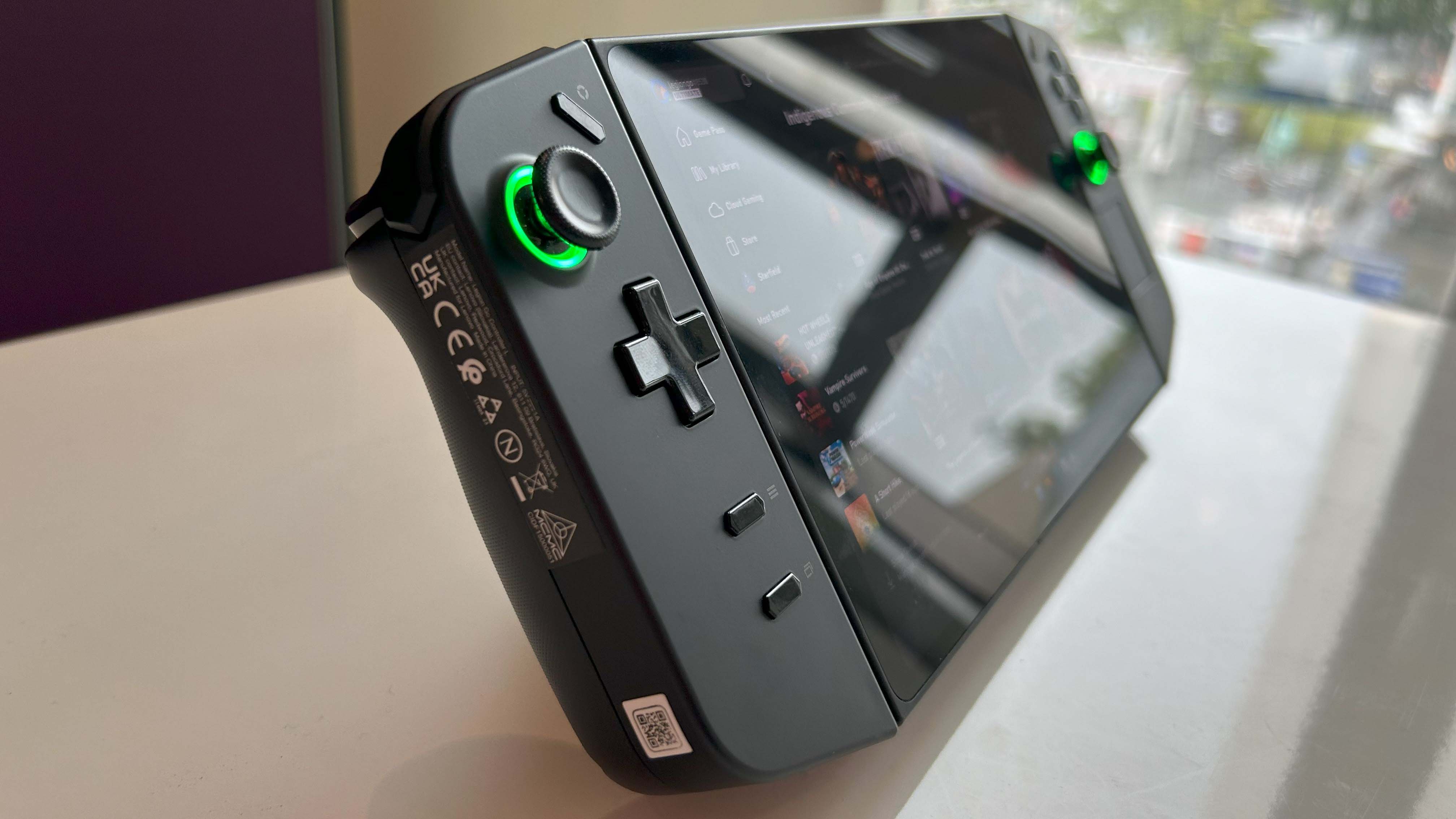
MSRP: Starts at $699
OS: Windows 11 Home
Processor: Up to AMD Ryzen Z1 Extreme w/ RDNA Graphics
Display: 8.8-inch QHD IPS | 16:10 | 144Hz | 500nits | 97% DCI-P3
Memory: 16GB 7500Mhz LPDDR5X on board
Storage: 256GB / 512GB / 1TB PCIe 4.0 NVMe M.2 2242
Battery: 2-cell 49.2WHr Super Rapid Charge; Controller battery capacity: 900mah
Ports: USB-C 4.0 (DisplayPort and PD), 3.5mm headphone jack, and microSD card slot
Connectivity: 2 x 2W speakers
Dimensions: 8.27" x 5.15" x 0.79” (210mm x 131mm x 20mm)
Weight w/ controllers: 1.88 lbs (854g )
We also have bumper buttons and four extra buttons around the back where you hold the device for custom actions and shortcuts you can set in the software. All the buttons feel great to press, with clicky feedback like you'd expect from a high-end gaming device.
Around the front, we have a glorious QHD (2560 x 1600) 8.8-inch touchscreen display that looks great. The pixel density at this screen size means you won't see any pixels unless you're up close, trying to look for them. Adding touch is also welcome, as navigating Windows 11 using a tiny trackpad isn't always fun.
What's unique about the Legion Go compared to other handheld gaming PCs is that this one has detachable "joy-con-like" controllers. Like the Nintendo Switch, you can pull off each side of the Legion Go and use them remotely as Bluetooth controllers.
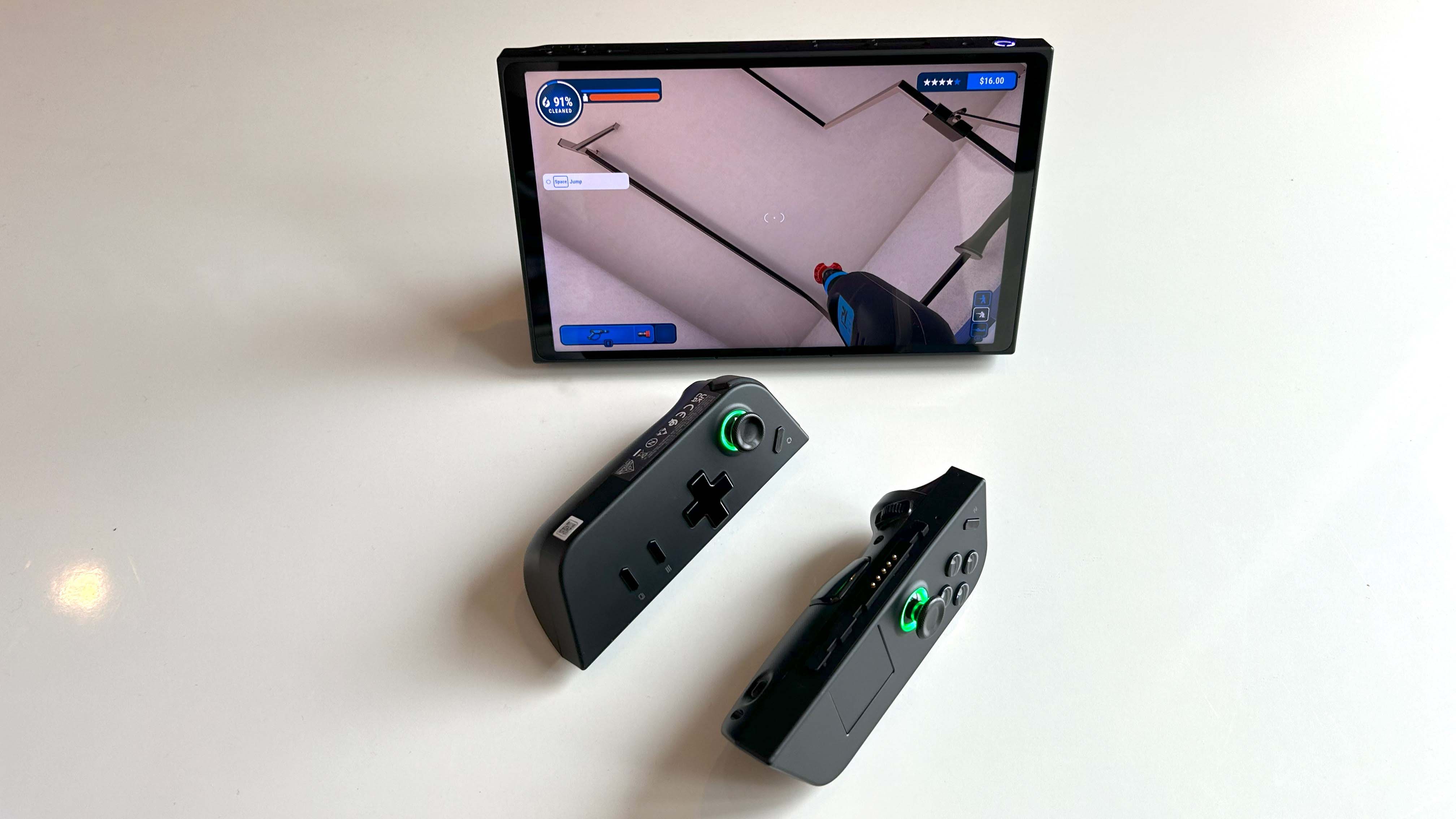
Doing this is a little tricky as it does require pushing a button on the back of the controller to unlock it first before pulling each half down and off the display. I eventually got the hang of it, but it did take a few tries to get used to doing that.
Get the Windows Central Newsletter
All the latest news, reviews, and guides for Windows and Xbox diehards.
When detached, that 8-inch screen sits alone. You could even use it as a mini (but thick) tablet in this way. Of course, with the controllers removed, how does the display stand? Lenovo thought of this and included a Surface Pro-style kickstand built into the back of the display that you can kick out when using the controllers way from the display. It's pretty neat.
The Legion Go even has a unique "FPS mode," which isn't what you might think it is. I thought it would simply boost the FPS performance in a game, but it's not that at all. FPS mode is a hardware feature that lets you use the right controller as a joystick-like accessory. It has an optical sensor on the bottom for mouse tracking, and the Legion Go has a magnetic accessory attached to stand upright.
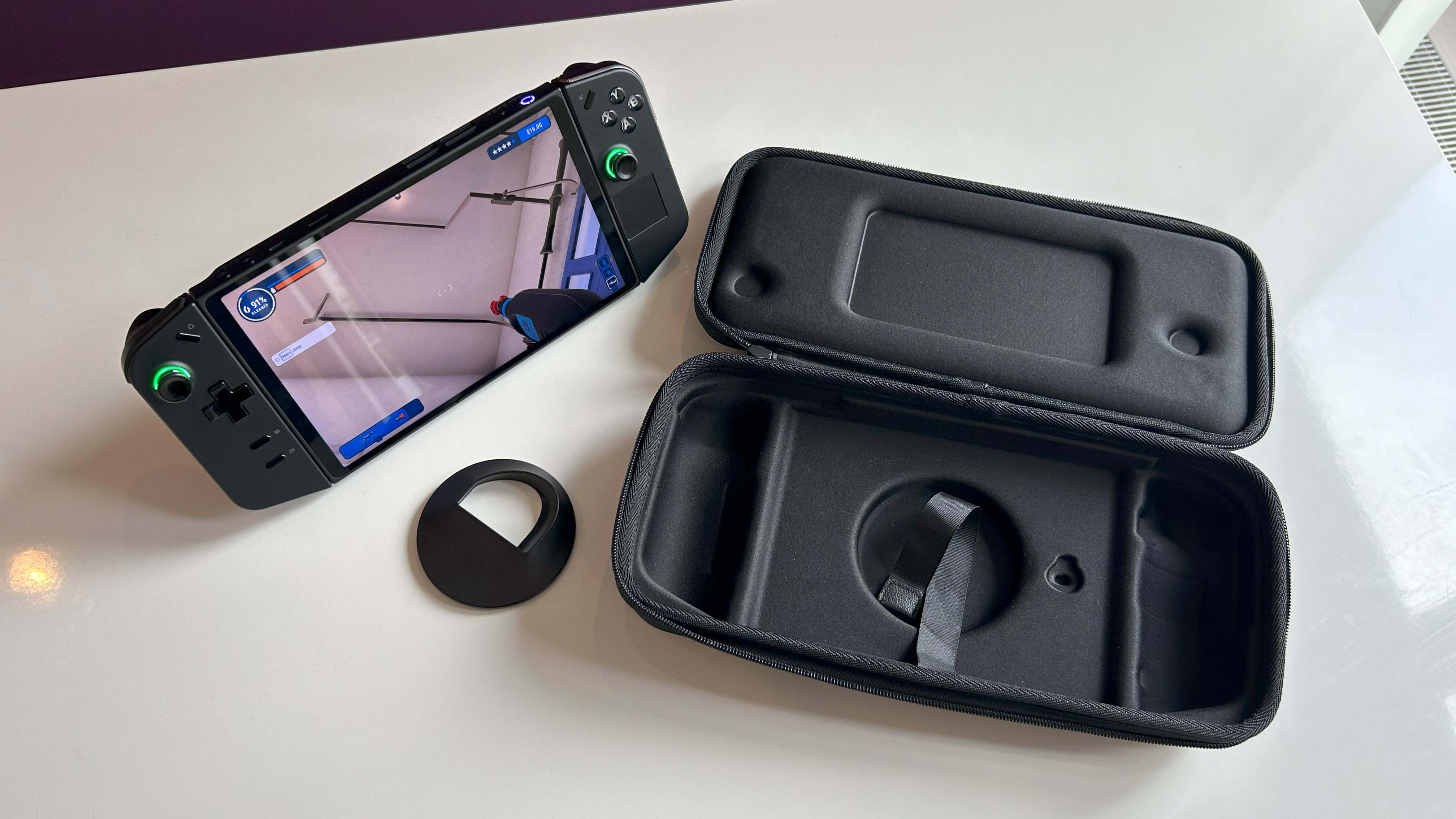
It's an interesting idea, and my quick testing of the feature was somewhat inaccurate as I feel the sensitivity settings were too high. This is likely configurable in settings, but I couldn't adjust that in my brief hands-on time. It's a cool idea, though.
The last thing I want to mention about the hardware is the weight. It's quite heavy, and you'll immediately notice it if you're coming from a Steam Deck or ROG Ally. It's still manageable, I think, but I feel you will begin suffering from fatigue faster holding this device in your hands than the Steam Deck, for example.
Moving onto the software and performance, sadly, I couldn't do any benchmarks or see Lenovo's custom software in action. I was able to launch 4 games to try, as that's what Lenovo had pre-loaded, but none of them were pushing the boat out regarding graphics power.
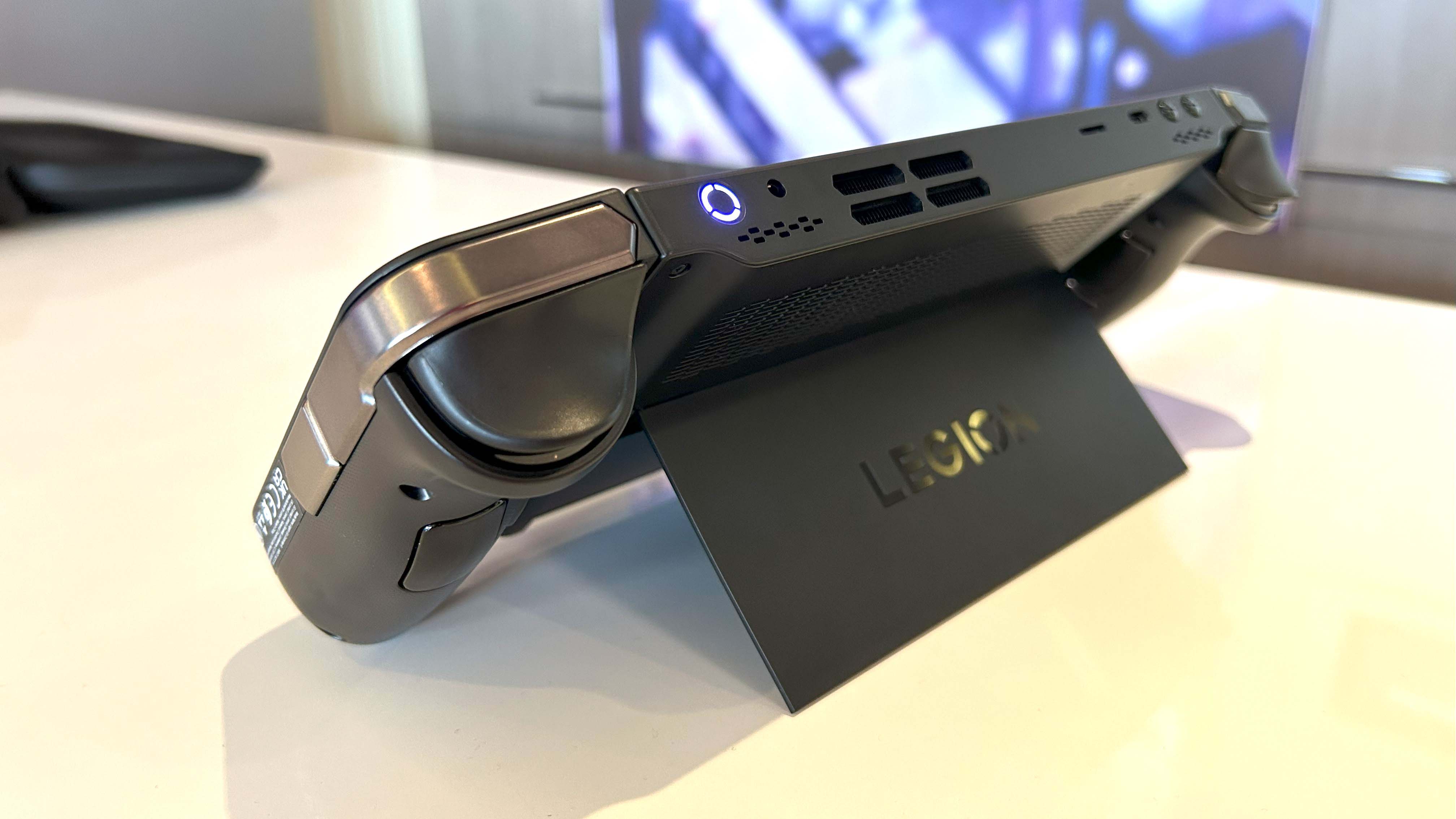
I tried Hotwheels and Powerwash Simulator, both of which played incredibly well at a smooth 60fps at native resolution. Of course, we will do our own testing, including trying more heavy games when we get our hands on a review unit. For now, we know the same SoC powers the Legion Go as the ASUS ROG Ally, so you should expect similar performance from both.
Overall, I think the Legion Go is the best in the gaming handheld market. It's a better Steam Deck in almost every way, except for software. Valve did a great job curating its own OS and experience on the Steam Deck, whereas OEMs like ASUS and Lenovo are stuck with Windows. Sure, they can build custom overlays, but Windows should be natively supported on these devices with a dedicated game mode.
Lenovo also has its new Legion Glasses, with a 1920x1080 Micro OLED display with a 60Hz refresh. While not full AR glasses in the formal sense, these glasses, which connect via a single Type-C cable, create a huge virtual display that only you can see, making them ideal for the couch or an airplane flight. Those glasses, however, cost an extra $329.
But with the bigger screen, detachable controllers, built-in kickstand, and unique FPS mode functionality, there's currently no better gaming handheld hardware. For now, the Legion Go launches in October for $699; you can be sure we'll review it in full when the time comes.

